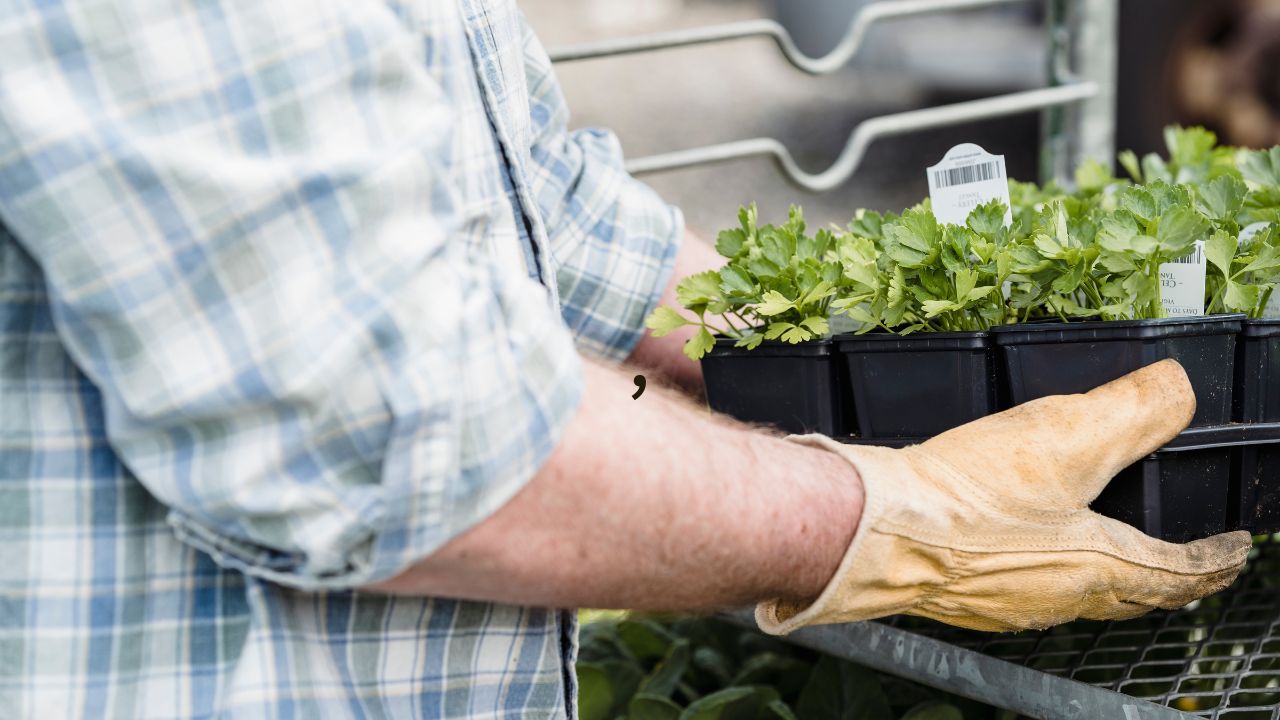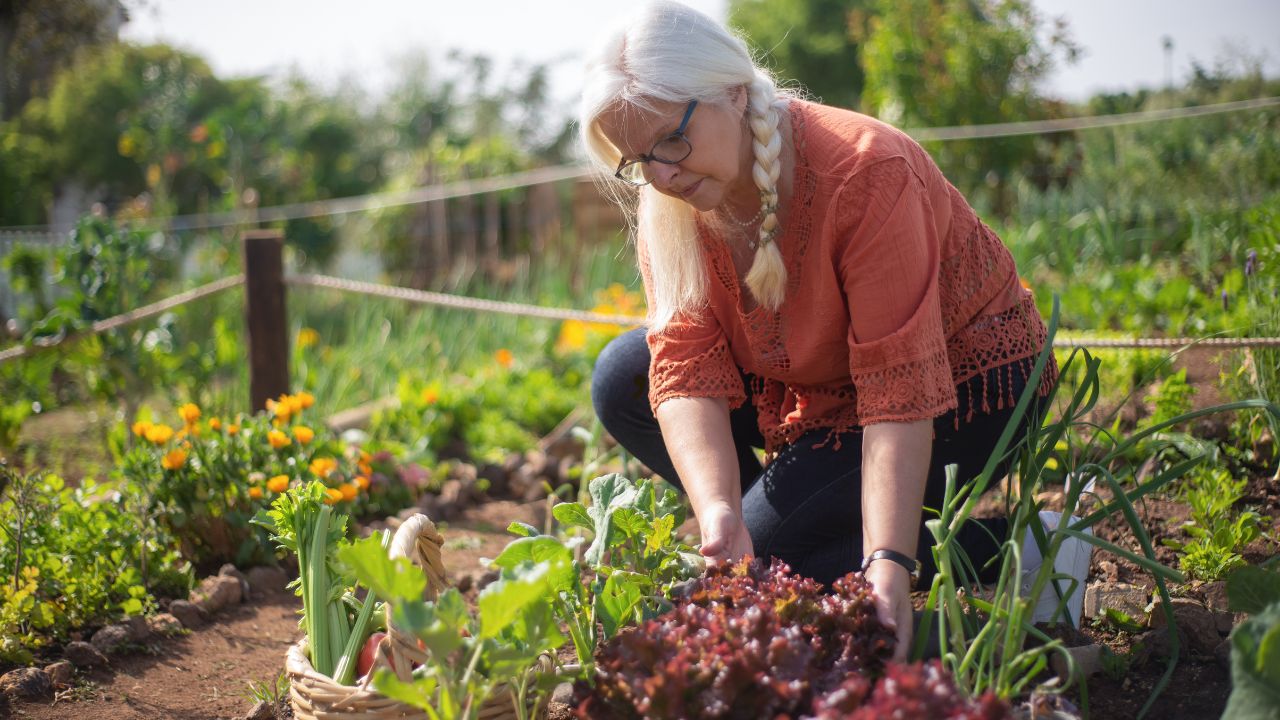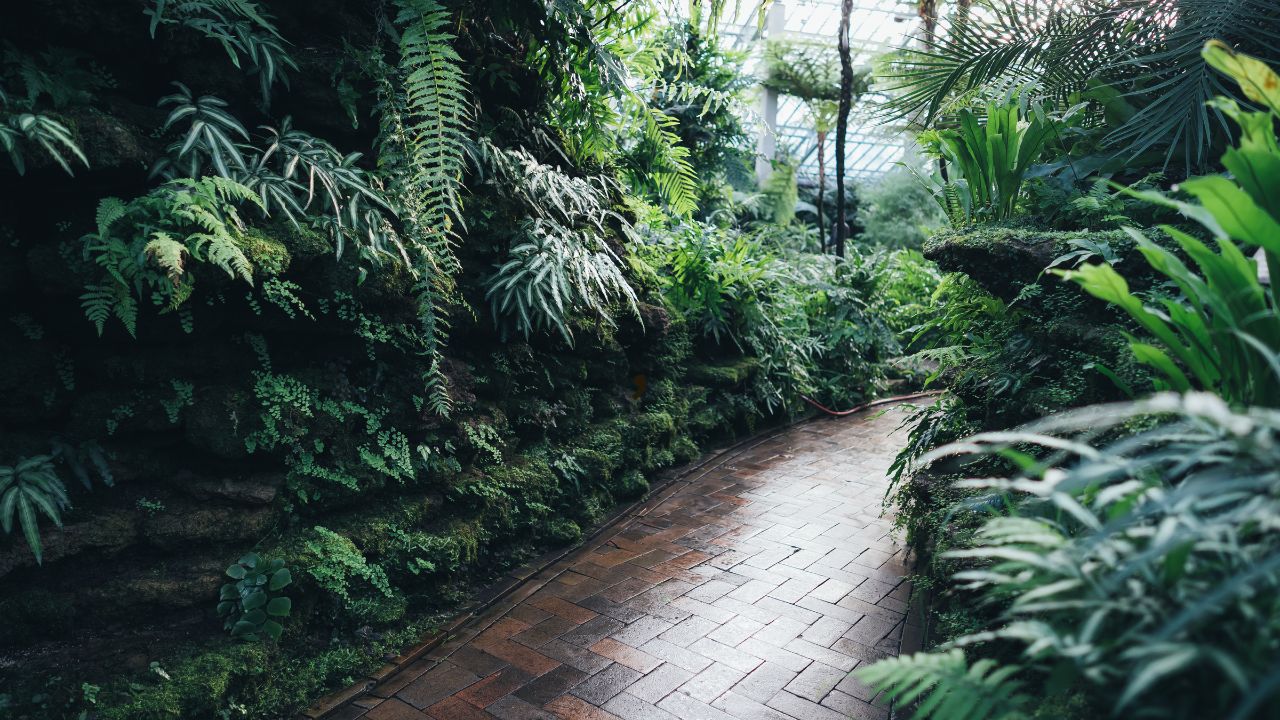Selecting the right location for your container garden is essential to ensure your plants thrive. Container gardening offers flexibility, but the success of your plants largely depends on choosing a spot that provides the right conditions for sunlight, airflow, and other environmental factors.
1. Assess Sunlight Requirements
Overview: Different plants require varying amounts of sunlight to grow properly. Some thrive in full sun, while others prefer partial or full shade.
Why It Matters: Providing your plants with the appropriate amount of sunlight ensures healthy growth, strong blooms, and optimal yield for edible plants.
Steps:
- Full-Sun Plants: These plants need 6-8 hours of direct sunlight daily. Ideal for vegetables like tomatoes, peppers, and most herbs.
- Partial-Sun or Shade-Loving Plants: These plants need 3-6 hours of sunlight or filtered light. Suitable for plants like lettuce, spinach, or ferns.
- Observe Sun Patterns: Before placing containers, observe your chosen area throughout the day to see how much sunlight it receives. Consider how seasonal changes might affect sun exposure.
2. Ensure Proper Air Circulation
Overview: Good airflow around your container plants helps prevent diseases, molds, and mildew. It also keeps your plants cooler during hot weather.
Why It Matters: Stagnant air can lead to plant diseases and stunted growth. Proper ventilation promotes healthier plants and helps deter pests.
Tips:
- Space Containers Properly: Avoid placing containers too close to walls or other structures that can block airflow.
- Avoid Cramped Areas: Ensure there is enough space between containers to allow air to circulate around each plant.
- Elevate Containers: Use plant stands or risers to lift containers off the ground for better airflow.
3. Consider Access to Water
Overview: Containers dry out faster than in-ground plants, so they need more frequent watering. Choose a location that makes watering easy and efficient.
Why It Matters: Being close to a water source saves time and ensures that your plants get watered regularly. Inconsistent watering can stress plants and hinder their growth.
Steps:
- Proximity to Water Source: Position your containers near a faucet or hose to simplify watering.
- Consider Drip Irrigation: If you have a larger container garden, consider installing a drip irrigation system to maintain consistent moisture levels.
4. Choose a Stable Surface
Overview: Container plants need a level and stable surface to prevent them from tipping over, especially during windy conditions or heavy rainfall.
Why It Matters: Uneven surfaces can cause containers to lean, leading to water drainage issues or plant instability.
Tips:
- Level the Ground: Ensure that the surface you choose, whether it’s a patio, deck, or balcony, is level and stable.
- Use Pot Stands or Trays: To prevent containers from tipping, use sturdy pot stands or trays that keep them upright and allow for proper drainage.
5. Protect Plants from Harsh Weather
Overview: Harsh weather conditions such as wind, heavy rain, or intense sun can damage your container plants. Choosing a sheltered location helps protect them.
Why It Matters: Wind can dry out plants and knock over containers, while excessive rain or direct sunlight can cause plant stress and root damage.
Protection Tips:
- Windbreaks: Place containers near walls, fences, or other structures that act as windbreaks.
- Movable Containers: Opt for lightweight or wheeled containers that can be easily moved indoors or to a sheltered area during storms or extreme heat.
- Shade Cloth: For locations with intense sun, use shade cloth or umbrellas to reduce the intensity of sunlight on hot days.
6. Ensure Sufficient Drainage
Overview: Proper drainage is crucial for preventing root rot in container plants. Choose a location that allows excess water to drain away from the containers.
Why It Matters: Poor drainage leads to waterlogged soil, which can suffocate plant roots and promote diseases.
Steps:
- Elevate Containers: Position containers on stands or blocks to allow water to drain freely from the bottom.
- Avoid Puddling Areas: Steer clear of areas that accumulate water during rain, such as depressions in the ground or poorly draining patio sections.
- Add Gravel or Perlite: For heavy containers, adding a layer of gravel or perlite at the bottom can improve drainage.
7. Consider the Aesthetics and Practicality
Overview: Your container garden should enhance the appearance of your space while also being practical for your daily gardening routine.
Why It Matters: A well-placed container garden can beautify your outdoor area, whether it’s a balcony, patio, or backyard. It should also be easy to maintain.
Design Tips:
- Place for Accessibility: Position containers where they’re easy to access for watering, pruning, or harvesting.
- Visual Appeal: Arrange containers in aesthetically pleasing groupings or patterns that complement your space.
- Vertical Gardening: For smaller spaces, consider using vertical gardening techniques like trellises or stacking containers to maximize space.
8. Evaluate the Growing Season
Overview: The amount of sunlight and temperature varies with the seasons. Choose a location that provides adequate sunlight and temperature control throughout the growing season.
Why It Matters: If you live in a region with distinct seasons, the ideal spot for your containers might change based on the time of year.
Considerations:
- Moveable Containers: Use lightweight or wheeled containers to move plants indoors or to different spots as the seasons change.
- Seasonal Adjustments: Place plants in sunnier locations during shorter, cooler days and provide shade during hot summer months.
9. Consider the Plant’s Growth Habits
Overview: Some plants grow tall, while others spread out or vine. Ensure your location accommodates the growth habits of your plants.
Why It Matters: Choosing the right spot for each plant ensures that they have enough space to grow without overcrowding.
Tips:
- Trellises for Vining Plants: For plants that vine, like cucumbers or peas, use a trellis to provide vertical support.
- Spacing for Bushy Plants: Bushier plants like peppers or tomatoes need more space between containers to allow for airflow and easy maintenance.
- Plan for Future Growth: When selecting a spot, consider how large your plants will grow over time and ensure they won’t become crowded as they mature.
Conclusion
Choosing the right location for container gardening is vital for the success and health of your plants. By considering factors such as sunlight, airflow, water access, stability, and protection from the elements, you can create an ideal environment for your container garden. With the right location, your plants will thrive, bringing beauty and productivity to your outdoor space.
FAQ
1. Can I place my containers indoors near a window?
Yes, indoor container gardening is possible near a window with adequate sunlight, but make sure the plants get enough light based on their specific needs.
2. What do I do if I don’t have enough direct sunlight?
If your space doesn’t get enough natural light, consider using grow lights to supplement the sunlight your plants need.
3. How can I protect my container plants from frost?
Move containers indoors or to a sheltered spot during frosty conditions. You can also use frost blankets to protect outdoor plants.
4. Can I grow large plants in small containers?
It’s best to match the container size with the plant’s growth potential. Large plants need bigger containers to accommodate their roots and ensure proper growth.
5. What if my containers are on a balcony with limited space?
Use vertical gardening techniques or hanging containers to maximize space while still providing proper sunlight and airflow to your plants


